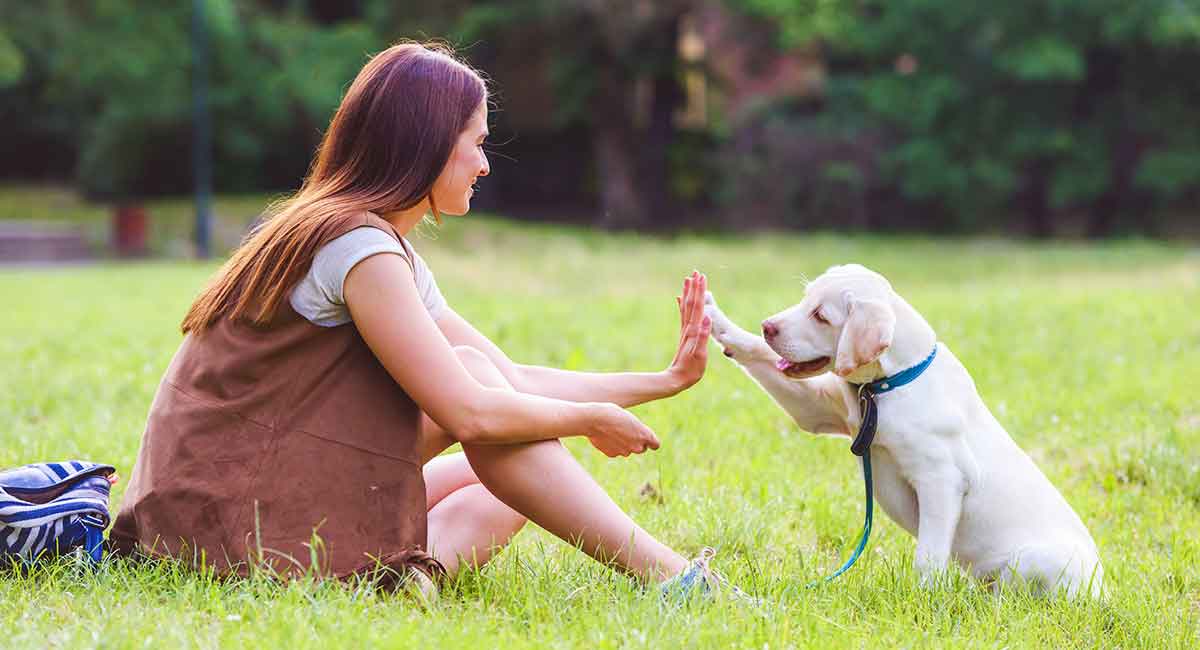
Dog Aggression Towards Bicycles: Understanding and Managing
Share
Dogs are naturally curious creatures, and their behavior can sometimes be unpredictable, especially when they encounter fast-moving objects like bicycles. Dog aggression towards bicycles is a common issue that many pet owners face, and understanding the root cause of this behavior is essential for ensuring both the safety of your pet and the cyclists. For health-conscious pet owners, addressing this aggressive behavior is crucial to maintain a calm and happy environment for everyone involved.
One of the key reasons that dogs become aggressive towards bicycles is their instinctual prey drive. Fast-moving objects can trigger this natural instinct, causing a dog to chase or bark aggressively. It's important to remember that this behavior doesn't make a dog 'bad', but it's an instinctual response that can be managed. Understanding this can help owners devise a plan to address the issue.

Identifying the Triggers
Before diving into strategies for controlling dog aggression towards bicycles, it's critical to identify the core triggers. Does your dog react when the bicycle is at a certain distance? Or is it the sound that sets them off? By observing these triggers, owners can better tailor their training approach.
In some cases, a dog's history or past experiences can play a significant role. A negative encounter with a bicycle rider, for instance, can instill a sense of fear or mistrust in your furry friend. Consider circumstances and past experiences when evaluating your dog's behavior. Additionally, certain breeds may be more prone to this type of aggression due to their natural instincts and characteristics.
Implementing Effective Techniques
Once the triggers have been identified, practical training can begin. Consistency is key. Owners must be patient and consistent in their approach to effectively manage the aggression.
The American Kennel Club offers expert tips for dog training that are worth exploring for more tailored advice. One technique involves gradual desensitization. Start by exposing your dog to bicycles from a distance where they do not react and slowly decrease this distance over time. Reward calm behavior with treats or praise to reinforce good actions.
Another useful approach is redirecting your dog's focus when they encounter a bicycle. Use commands that your dog is already familiar with, such as 'sit' or 'stay', and reward them when they comply. This approach can not only remove attention from the bicycle but also create a positive association with remaining calm.
Promoting Positive Associations
Positive reinforcement is a powerful tool for managing and altering dog aggression. The more you reward your dog for calm behavior around bicycles, the less likelihood there is for an aggressive reaction. Reinforcement can come in many forms: treats, toys, or even affection can be used to promote peaceable behavior.
Training sessions should be kept short and sweet to avoid overwhelming the dog. Over time, you should notice a decrease in aggression as the training continues.
Ensuring Safety and Success
While addressing dog aggression towards bicycles may take time and patience, the results are undoubtedly worth it. Not only will it increase the safety of cyclists, but it will also enhance the overall well-being of your pet. For more tips on how to safely and effectively handle these situations, you might find helpful information in this dog training guide.
Additionally, for health-conscious pet owners looking to expand their knowledge, it's beneficial to read up on related subjects such as dog aggression towards cars or vacuum cleaners. Each situation offers unique insights into the complex behavior of dogs and provides more tools to effectively manage their reactions.

FAQ Section
Why is my dog scared of bicycles?
Dogs might see bicycles as a threat due to their fast movement and unfamiliar sound, linking them to their prey drive or past negative experiences.
How can I train my dog to stop being aggressive towards bikes?
Training involves identifying triggers, using gradual desensitization, and employing positive reinforcement through treats and praise for calm behavior.
Are certain dog breeds more prone to this aggression?
Yes, breeds with high prey drives or those known for being protective may exhibit more aggression towards fast-moving objects like bicycles.
This article contains affiliate links. We may earn a commission at no extra cost to you.
